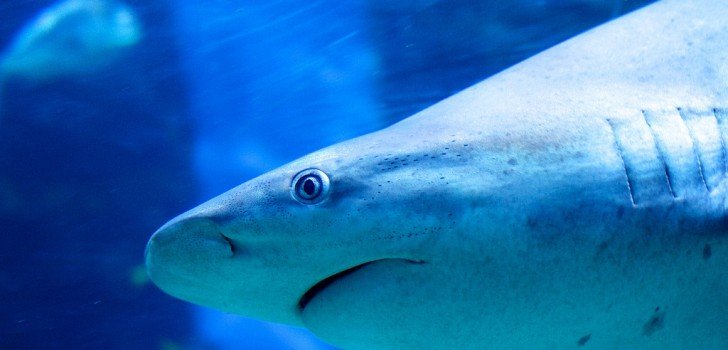Conservationists have finally been able to identify and tag elusive speartooth sharks which live in murky tropical waters and are incredibly hard to find. After being tagged, the endangered creatures were promptly released back into the wild.
The tags will send data to researchers for the next two months. With this data, researchers hope to learn more about the sharks. Based on estimates from the International Union for the Conservation of Nature, there are less than 2,500 of these sharks in the tropical river waters of Australia and Papua New Guinea.
Researchers want to know more about where these sharks migrate and what kind of threats they face. Only two sharks were tagged by researchers. They were tagged by Richard Pillans, who is a representative of a prominent national research organization in Australia, and his colleagues.
Luckily, Pillans and his team were able to tag both a male and a female. The sharks were tagged at the mouth of the Wenlock River, a common area for newborn sharks,
Pillans said, “It was a bit of a surprise to catch a male. That could mean that not only are the sharks giving birth to their pups there, but they might be mating there too.”
The male that was captured was found to be fully mature, giving the researchers an idea of how large the sharks become in adulthood. The male shark was found to be 7.5 feet long.
Pillans said that this was a major discovery, stating, “Before that we had no idea how big they got.”
The first speartooth sharks were only identified last year. Scientists obtained their first pictures just last year, when fishermen of Papua New Guinea caught some adult sharks and took pictures.
Using the tags, the researchers will be able to obtain information about the type of water that the sharks frequent. Scientists are expected to learn what water temperatures and what salinity levels the sharks prefer. GPS data will also track the exact location of the sharks.
Additionally, DNA samples were obtained from the sharks in order to study how they age over time. If the researchers are lucky, they might even be able to learn about how frequently the sharks breed.
Researchers predict that young sharks live in the rivers, while adults spend the majority of their time in marine environments. It is likely that the adults only come back to the rivers to mate and give birth. But beyond the rivers, it is unknown where the sharks travel, making conservation efforts difficult. However, researchers still emphasize the importance of protecting the young sharks.
Pallans stressed, “During those life history stages, their total range in the dry season is something like (18 miles) of the river. So if there’s any threatening process that occurs in that part of the river, there’s a high change the whole population could be subject to that mortality.”
Possible threats to the speartooth sharks include the damming of rivers, net-fishing and climate change. Hopefully with this upcoming data, scientists will determine how the rare sharks can be better protected.
Stay Connected